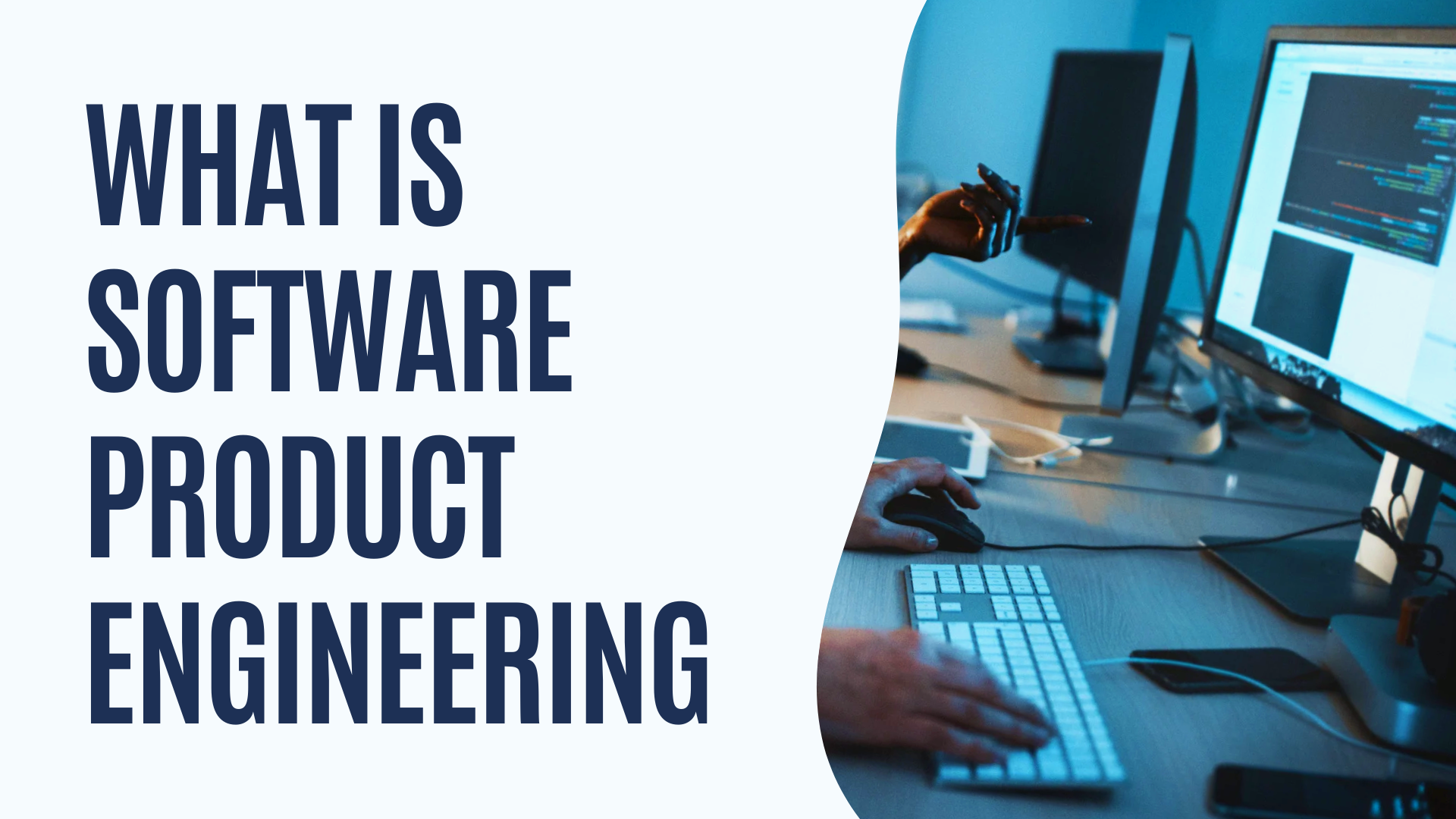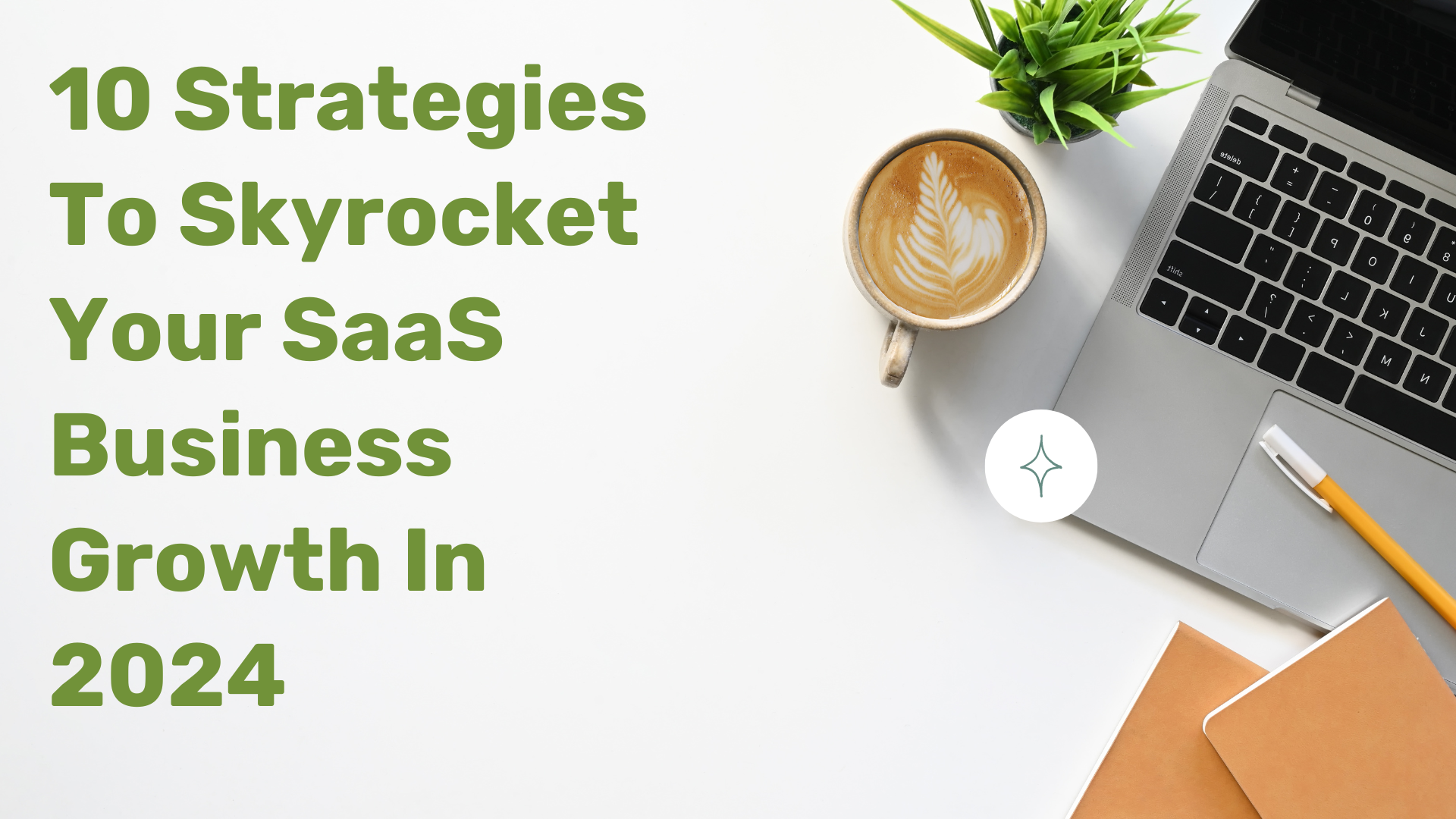In the rapidly evolving digital world, Software Product Engineering (SPE) is the unsung hero behind every successful business.
SPE is not just a process; it’s a journey that spans the entire product lifecycle, from the birth of an idea to its sunset. Join us as we break down its meaning, guide you through its essential stages, showcase its advantages, and uncover its incredible capabilities.
What Is Software Product Engineering?
Software Product Engineering (SPE) is a systematic approach encompassing software product design, development, testing, and maintenance. It’s a process that begins with a deep understanding of user requirements, followed by creating a strategic roadmap. The next steps involve coding, rigorous testing, and deploying the software.
Stages of Software Product Engineering
1. Planning
The people involved gather information about what the software should do. They think about its features, how it should perform, and how users will interact with it. Additionally, they consider how much it will cost and how long it will take to build.
2. Design
Developers sketch out how the software will be structured. They plan the look and feel of the software, how data will be stored, and other essential details. They ensure their design is robust, easy to work with, and easy to test.
3. Building and Testing
Engineers write the code for the software, following the design they made. They also check the software carefully to make sure it works as expected.
4. Deployment
Developers put the software in its final location, like a server or a cloud. They also set up any other software needed for it to work correctly.
5. Documentation
They write guides and manuals about the software. These documents help users understand how to use the software and help other developers understand how it works.
6. Maintenance
After the software is released, the team monitors it, fixes any problems that come up, and makes improvements as needed.
7. Evaluation
The team checks how well the software is doing. They ask users for their thoughts and look for ways to improve the software.
Note that these stages may vary depending on the specific software development methodologies and practices used. But these are the most common steps in software or digital product engineering.
Benefits of Software Product Engineering
1. Better Quality
Software product engineering helps you avoid mistakes and bugs in your software. It makes sure your software meets the expectations and needs of your customers.
2. Lower Costs
Software product engineering helps you save money by fixing problems early and preventing them from happening again. It also helps you make software that is easy to maintain and support. This can reduce your expenses and increase your profits.
3. Faster Delivery
SPE helps you speed up your software development process. It helps you make software that is ready to use and has few issues. This can help you reach your market faster and stay ahead of your competitors.
4. Competitive Advantage
SPE helps you create software that is original and valuable. It helps you stand out from the crowd and offer something new and valuable to your customers. This can help you gain an advantage over your competitors.
Software Engineering Capabilities You Need to Know
Software engineering is a broad field that encompasses many different skills and capabilities. Here are eight software engineering capabilities that you need to know.
1. Product Engineering
Product engineering involves creating software products that address real-world problems and deliver value to customers. It requires a deep understanding of user needs, market trends, and challenges. It also necessitates defining the product vision, strategy, and roadmap and collaborating with various stakeholders.
2. Platform Engineering
This capability is about designing, developing, and maintaining software platforms that other developers can build applications on. It involves managing the infrastructure, services, APIs, and tools that support application development, deployment, and operation.
3. Generative AI Engineering
Generative AI engineering is the use of artificial intelligence techniques to generate new and novel content. It involves applying and adapting various generative models to different domains and tasks and ensuring the ethical and responsible use of the technology.
4. Application Engineering
Application engineering involves designing, developing, and maintaining software applications that provide specific functionality and user experience. It requires choosing the appropriate programming languages, frameworks, libraries, and tools and adhering to best practices and standards of software development.
5. Data Engineering
Data engineering involves collecting, processing, storing, and analyzing large and complex data sets. It requires designing and implementing data pipelines, databases, warehouses, and lakes and ensuring the quality, security, and governance of the data.
6. Embedded Analytics
This is when you put things like charts and graphs right into an app. You pick the right tools, like Power BI or Tableau, and ensure they fit into the app’s look and feel. You also ensure the data is correct and valuable. This skill is essential for making apps that help users make decisions.
7. API Engineering
This is about making ways for different software to talk to each other. You decide how this communication will work and write it down. You also make sure it works correctly and quickly. Furthermore, you follow best practices and ensure it’s secure and can handle lots of use. This skill is key for making software that works well with other software.
8. Marketing Automation
Marketing automation means using software to do marketing tasks like sending emails or posting on social media. You choose the right tools, like HubSpot or Mailchimp, and set up and manage marketing campaigns. You also measure how well the marketing is doing and make improvements. This skill is vital for making software that helps attract and keep customers.
Conclusion
Software Product Engineering (SPE) serves as the backbone of modern business success, orchestrating the entire software lifecycle from conception to deployment and beyond. With its emphasis on quality, cost-effectiveness, speed, and innovation, SPE equips businesses to thrive in the competitive digital landscape.
Embrace the power of SPE for transformative software solutions.

















Post Comments